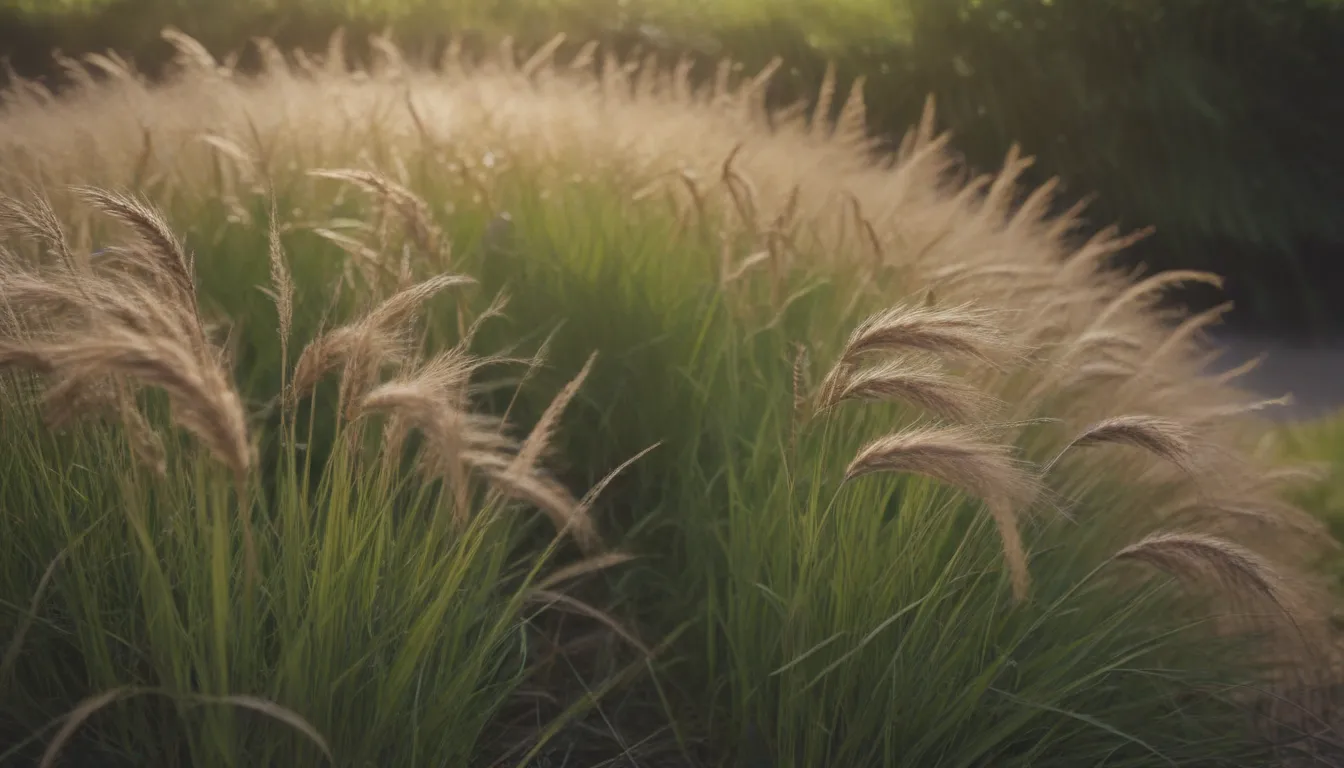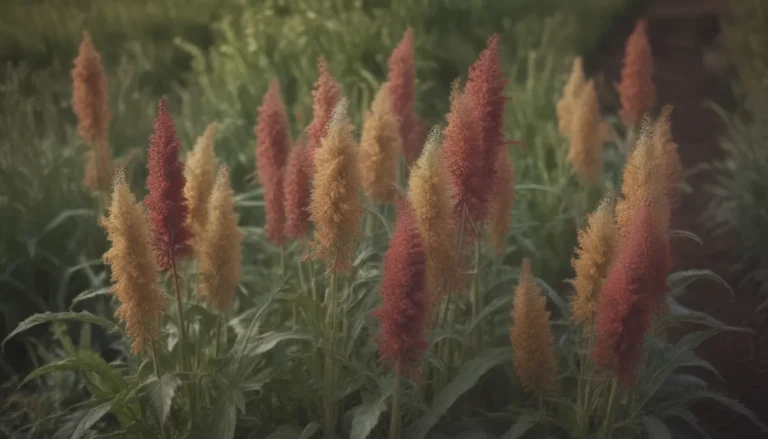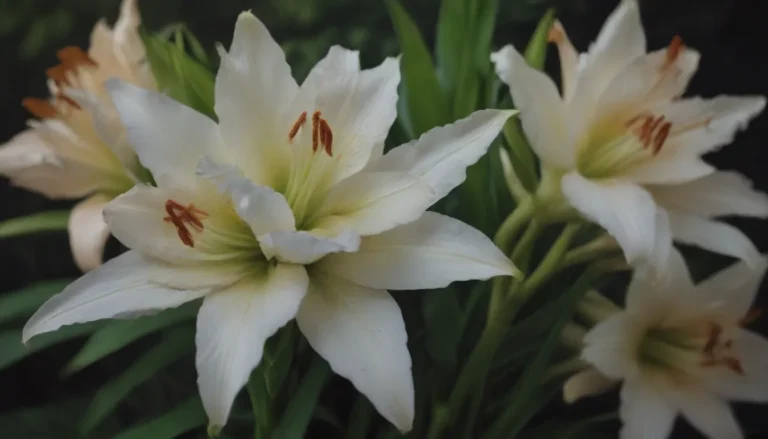Understanding Drought-Tolerant Lawn Grasses: A Comprehensive Guide

Are you struggling to maintain a lush green lawn in arid regions or areas with strict water restrictions? Look no further! Drought-tolerant grasses might just be the solution you’re looking for. These resilient plants have the unique ability to withstand extended periods without water, making them an excellent choice for water-conscious homeowners. In this in-depth guide, we’ll explore everything you need to know about drought-tolerant lawn grasses, from different types to how to promote drought tolerance in your lawn.
Types of Drought-Tolerant Grasses
Drought-tolerant grasses come in various types, each with its own unique characteristics and benefits. Here are some popular options to consider for your lawn:
- Cool Season Drought-Tolerant Grasses
- Tall fescue: Known for its durability and ability to thrive in challenging conditions.
- Sheep fescue: A fine-textured grass that forms dense clumps, ideal for low-maintenance lawns.
- Buffalograss: Native to North America, this grass is well-adapted to drought conditions.
-
Wheatgrass: Resilient and low-maintenance, perfect for areas with little water.
-
Warm-Season Grasses
- Bermudagrass: A popular choice for warm climates, known for its heat tolerance.
- St. Augustine grass: Thrives in hot, humid conditions and requires minimal water.
- Zoysia grass: Versatile and drought-resistant, perfect for a variety of climates.
- Centipede grass: Low-maintenance and drought-tolerant, ideal for southern regions.
- Bahia grass: Resilient and adaptable to different soil types, great for drought-prone areas.
Promoting Drought Tolerance in Your Lawn
While selecting the right type of grass is essential, promoting drought tolerance in your lawn requires a holistic approach. Here are some tips to help your lawn withstand dry conditions:
- Deep Infrequent Watering: Instead of frequent shallow watering, encourage deep roots by watering less often but more deeply.
- Healthy Soil: Ensure your soil is well-nourished and aerated to support the growth of strong, resilient grass.
- Appropriate Mowing Height: Avoid cutting your grass too short, as longer grass blades provide shade to the soil and retain moisture better.
- Proper Maintenance: Regular aeration, fertilization, and weed control can help maintain a healthy lawn that is more resilient to drought.
By incorporating these practices into your lawn care routine, you can enhance the drought tolerance of your grass and enjoy a vibrant, healthy lawn even in dry conditions.
Understanding Dormant Grass
During periods of extreme drought, some grasses may enter a dormant state to conserve energy and survive without water. While dormant grass may appear yellow and dry, it is not dead. Once conditions improve and rainfall returns, dormant grass will spring back to life and regain its lush green color. However, it’s essential to avoid heavy foot traffic on dormant grass, as it is more vulnerable to damage in this state.
In conclusion, drought-tolerant grasses are a valuable addition to any lawn, especially in regions prone to water scarcity. By choosing the right type of grass, implementing proper maintenance practices, and understanding the benefits of dormant grass, you can create a beautiful and resilient lawn that thrives even in challenging conditions.
So, next time you’re faced with dry conditions or water restrictions, consider planting drought-tolerant grasses to transform your lawn into a sustainable oasis of greenery. Your wallet and the environment will thank you!





